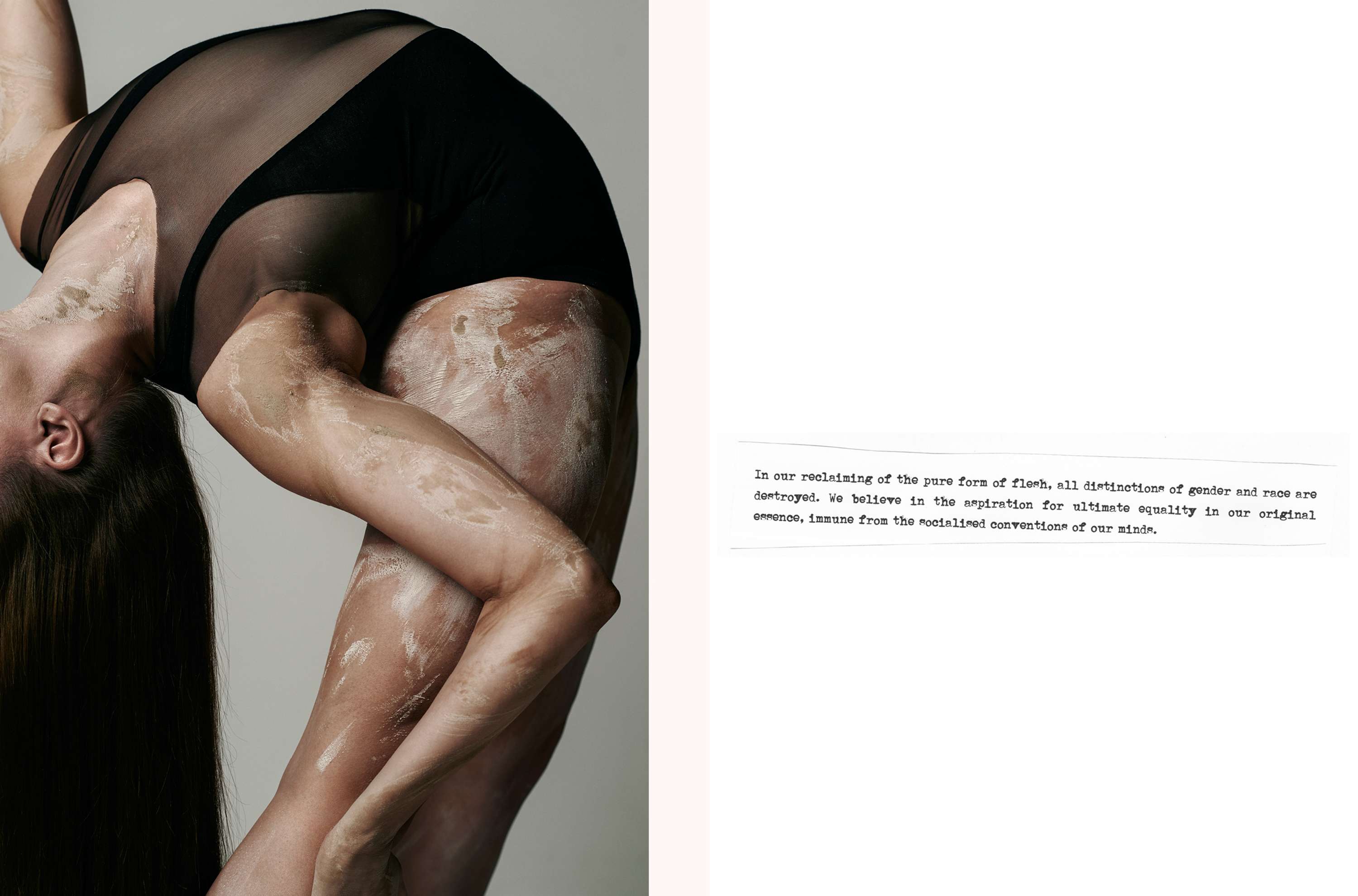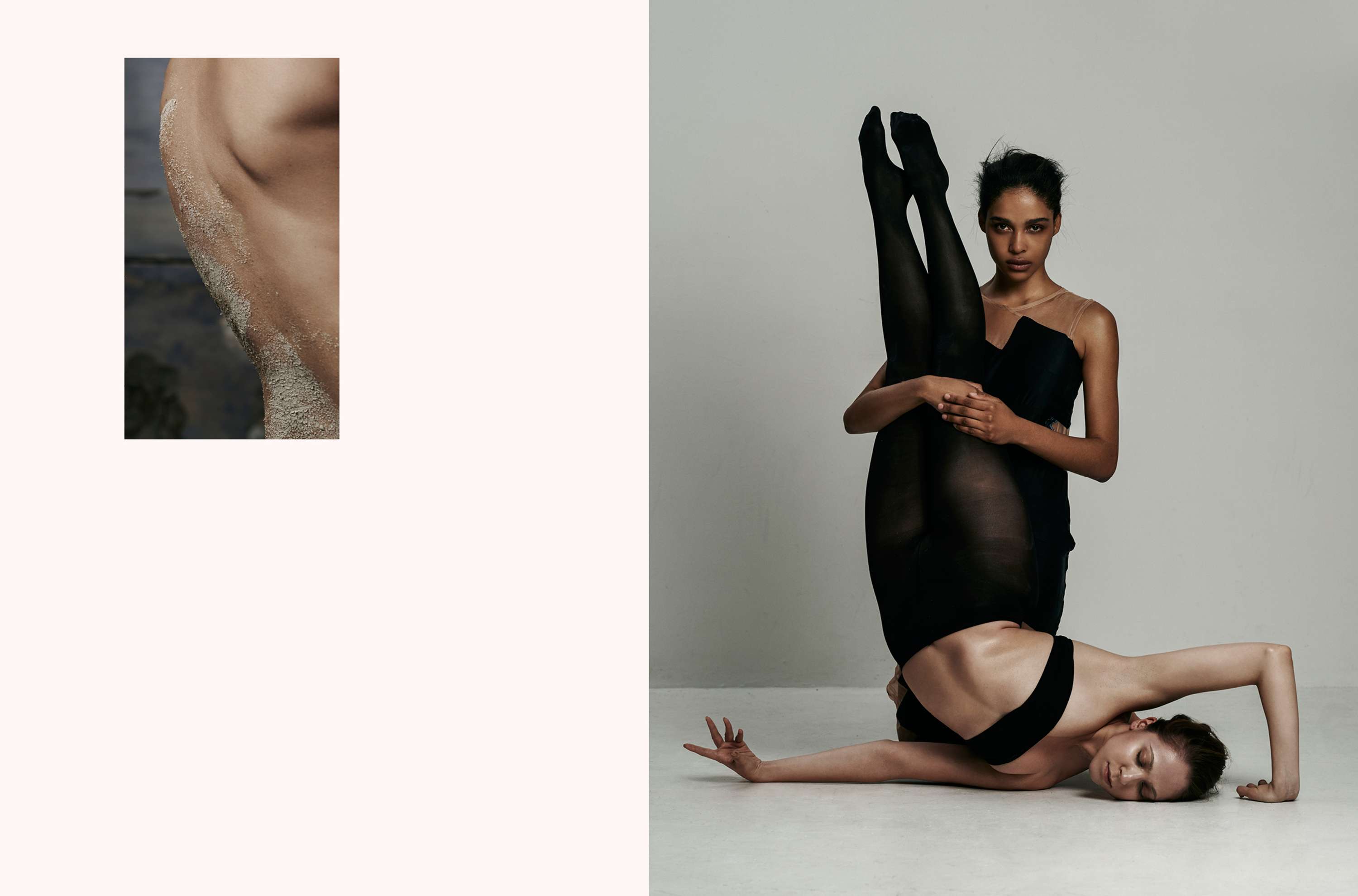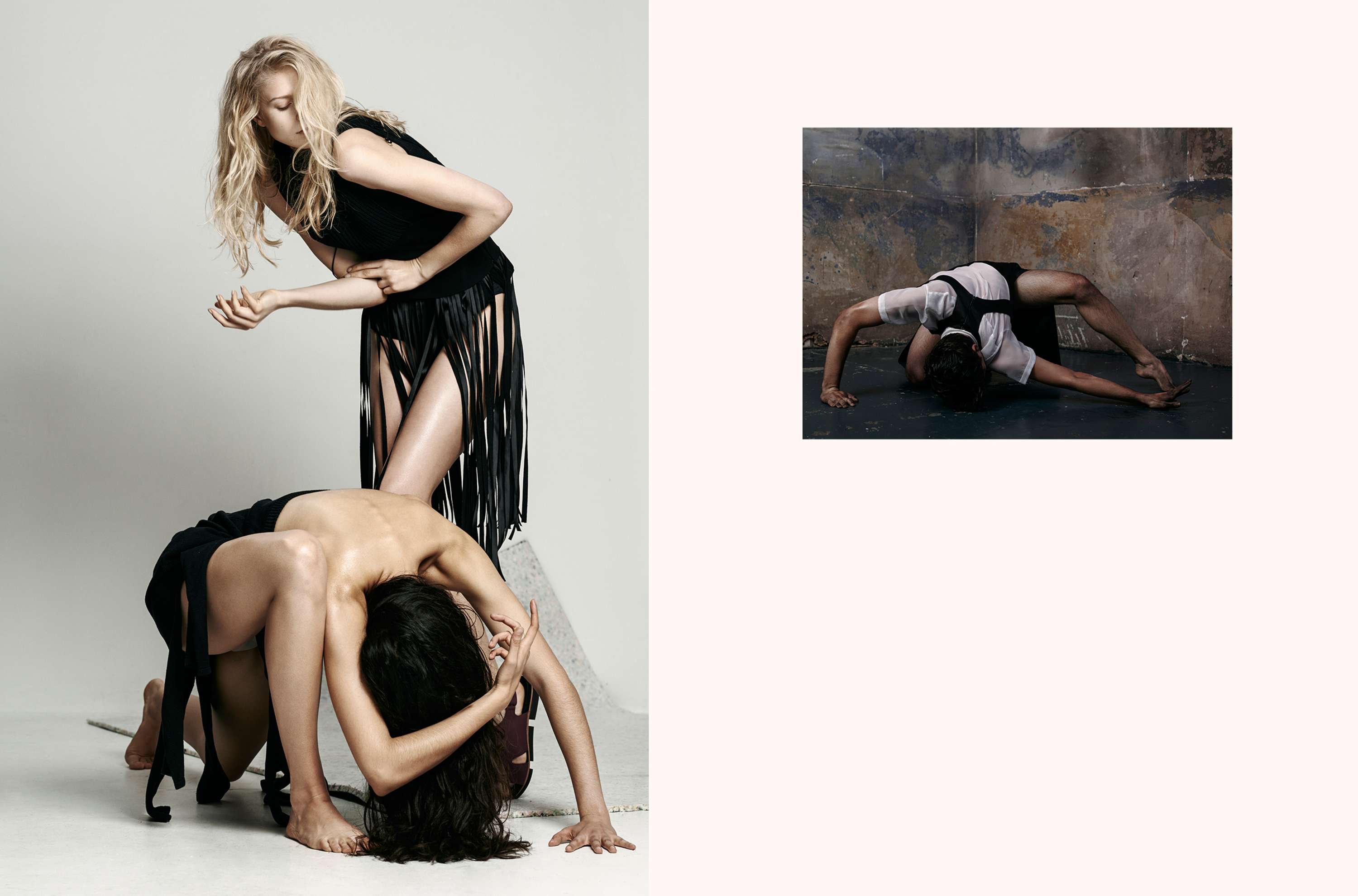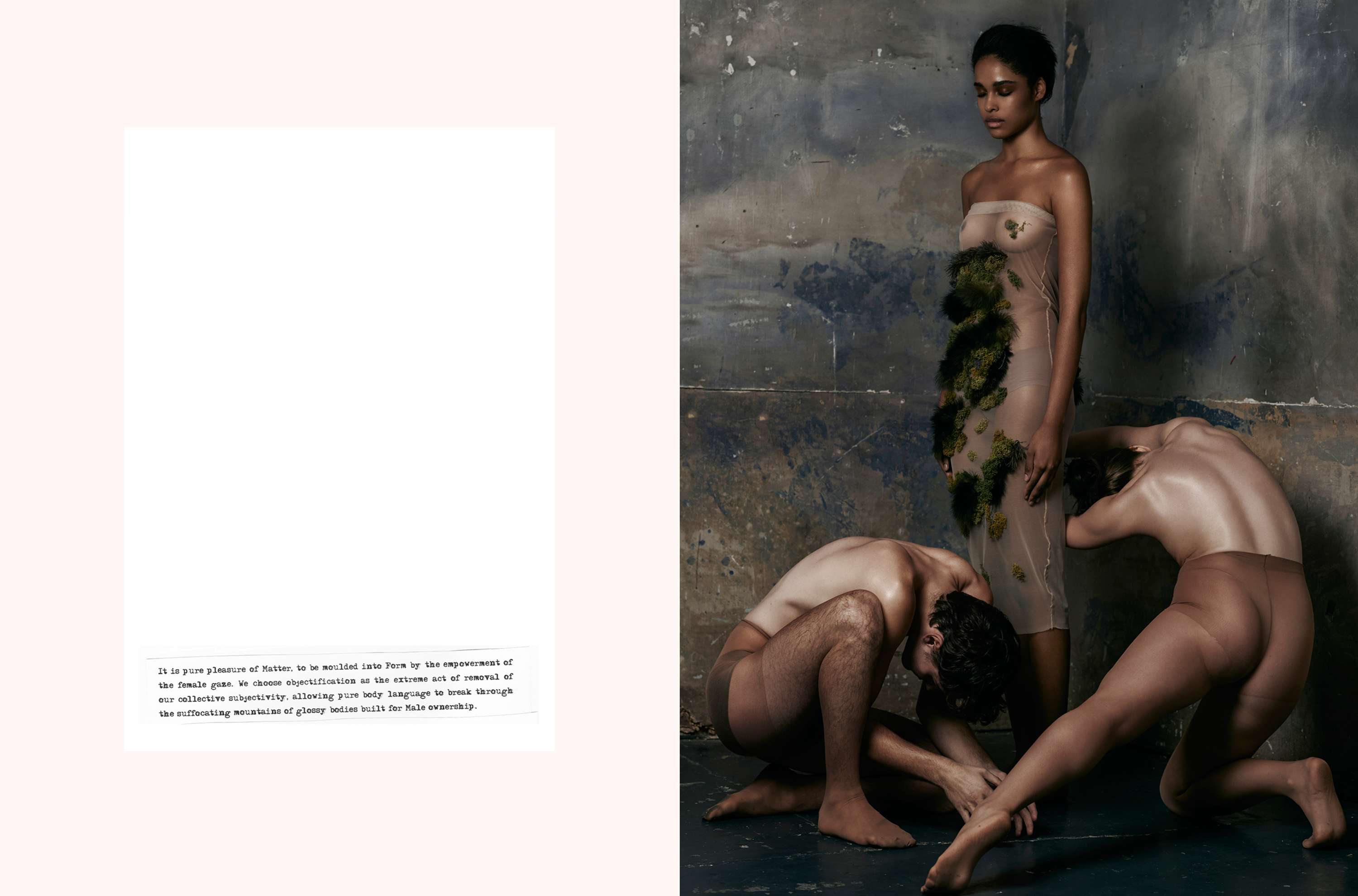New Objectification
‘New Objectifications' explores the empowering possibilities of a semantic and visual re-appropriation of objectification, a widespread phenomenon within the fashion media. By developing a comprehensive view of the relationship between gender and the media in the 21st century, the work analyses objectification and how it has impacted body politics and perceptions throughout the 20th and 21st centuries, also how it relates to third wave feminism both globally and locally. 'New Objectifications' describes the possible relationship between objectification and the process of reclamation; a semantic re-appropriation that has seen a variety of effects on ostracised minority groups within the context of civil rights. In 1983, in their Minneapolis Anti-Pornography Ordinance, Catherine MacKinnon and Andrea Dworkin defined objectification as the process through which women are "dehumanised as sexual objects, things, or commodities". Sexual objectification derives primarily from sexual hierarchies in society. According to Dworkin, men and women have been socially eroticised differently: men as dominant, and women as dominated. The media plays a crucial role in gender politics, and are therefore central to feminist analysis. It is actively involved in producing notions of gender, and consequently constructing rather than reflecting reality. The 1990s, as a consequence of womens’ newfound economic independence and hostility towards objectifying representations in the 1980s, mark a shift from the passive sex object of the previous decades to an active desiring sexual object, with the underlying assumption that empowerment can be obtained through the commodification of appearance. As Robert Goldman noted in 1992, advertising offers women the promise of power by becoming objects of desire. This disturbing "liberation" implies objectification as a female choice. Western culture has always had a complex relationship with the body. Famed philosopher Aristotle indicated the Greek word for body (soma) as deriving from the word for "dungeon" (sema). The entire Western culture bases its views on the concept of a binary system that opposes body to mind, matter to spirit, mortality to immortality. This dualism is necessarily hierarchised (mind as positive, body as negative) and has become a powerful signifier for gender (mind as male, body as female). The connection between woman and the body as a negative, limited obstacle to spirituality can be retraced to the Christian tradition, in which the female is often associated with seduction and distraction from knowledge and God, and as tainted by sexual desire, violence and failure of will. 'New Objectification' is ultimately based on the embracement of Cartesian dualism and the re-appropriation of the body as a positive, equal if not superior to the mind as it represents pure potential when separated from the cultural superstructure which conditions our minds. The reduction to flesh, and therefore its elevation to ultimate empowering element of the self, allows for the erasure of all preconceived notions of gender and race. The manifesto voices feelings related mainly to gender inequality and the frustration towards women's representations in the media, accentuated by experiences in Italy where sexism and misogyny are widespread in both the media and various levels of society.






